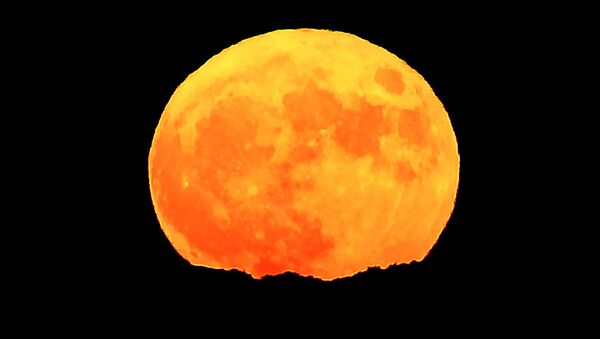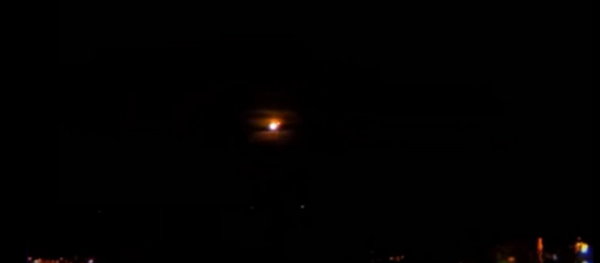КИШИНЕВ, 13 дек — Sputnik. В ночь на 14 декабря свет Суперлуны затмит самый красивый звездопад северного полушария Земли, говорится в сообщении РИА Новости со ссылкой на Московский Планетарий.
Ежегодно, с 4 по 17 декабря, на ночном небе наблюдается один из богатейших потоков северного полушария — Геминиды. В это время Земля проходит через рой мелких частиц, выброшенных в космос астероидом Фаэтон. Поток летит не навстречу планете, а догоняет ее, потому скорость метеоров невысокая.
14 декабря пик активности максимум Геминид придется на 3.00 мск, в это время ожидается падение до 120 метеоров в час. Но Луна в эту ночь будет на самом близком расстоянии от Земли и в 3.06 мск войдет в фазу полнолуния. В свете третьей в этом году Суперлуны при безоблачной погоде можно будет увидеть только самые яркие метеоры, отмечается в сообщении.
Открытый в 1983 году объект 3200 Фаэтон не является кометой, так как у него нет ни комы, ни хвоста. Астрономы относят его к промежуточным объектам, которые представляют собой нечто среднее между астероидами и кометами.
Орбита Фаэтона очень вытянута, что позволяет ему при движении вокруг Солнца пересекать орбиты всех четырех планет земной группы от Меркурия до Марса. При этом он подходит к светилу ближе любого известного астероида, поэтому получил название в честь героя греческого мифа о сыне бога Солнца Гелиоса.
Исследования метеорного потока показали, что возраст его частиц около 1000 лет. То есть, если Фаэтон был кометой, то за 1000 лет она совершила много оборотов вокруг Солнца, из-за чего лед из ее ядра испарился и хвоста у кометы не стало, от ядра остался только каменный остов.
Геминиды — это красивый метеорный поток-гигант, превосходящий по количеству "падающих звезд" все остальные метеорные потоки, включая августовские Персеиды.
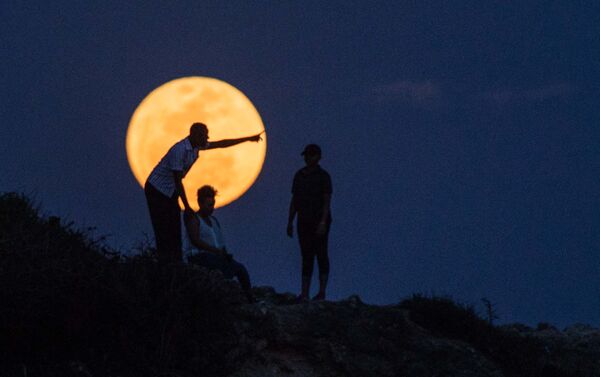
The moon will be the closest to Earth since 1948 at a distance of 356,509 kilometres (221,524 miles), creating what NASA described as "an extra-supermoon".
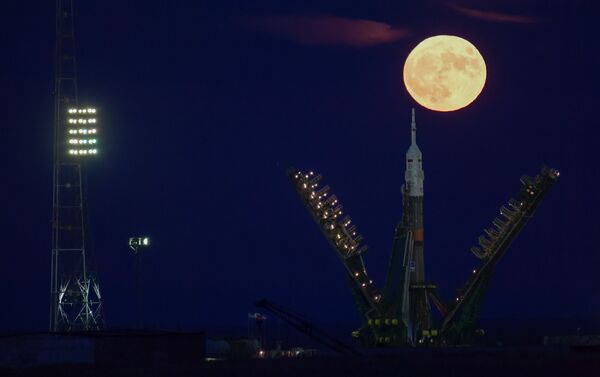
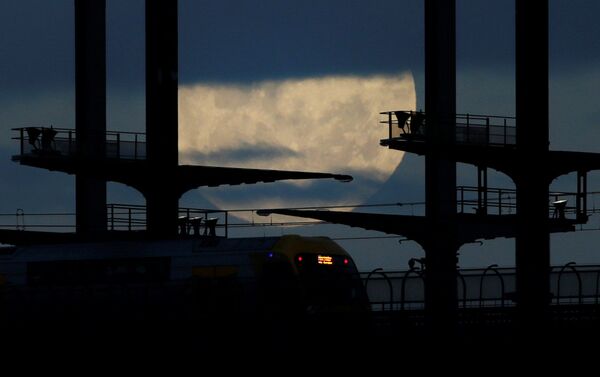

The moon will be the closest to Earth since 1948 at a distance of 356,509 kilometres (221,524 miles), creating what NASA described as "an extra-supermoon".
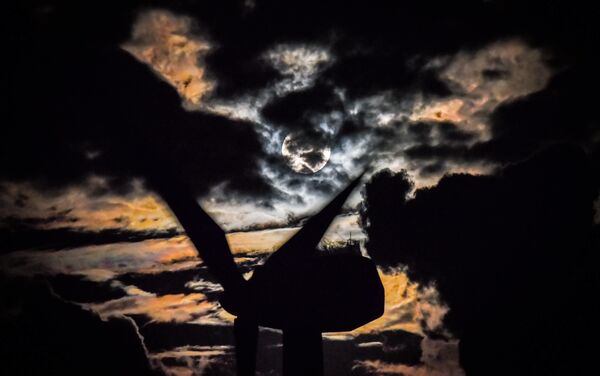
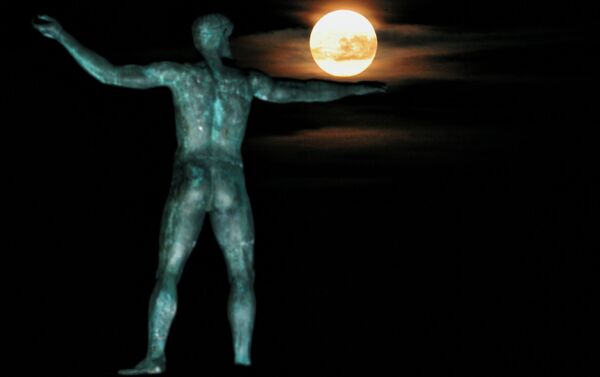
Skygazers headed to high-rise buildings, ancient forts and beaches on November 14 to witness the closest "supermoon" to Earth in almost seven decades, hoping for dramatic photos and spectacular surf. The moon will be the closest to Earth since 1948 at a distance of 356,509 kilometres (221,524 miles), creating what NASA described as "an extra-supermoon".
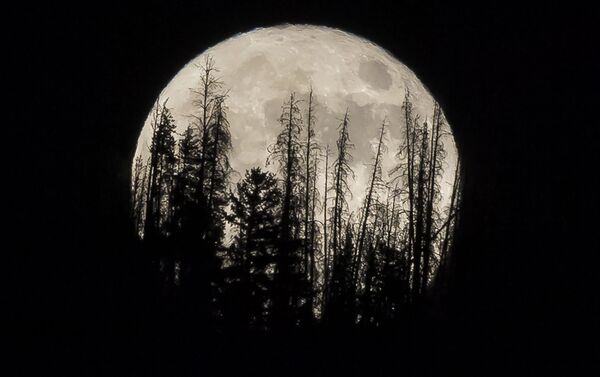
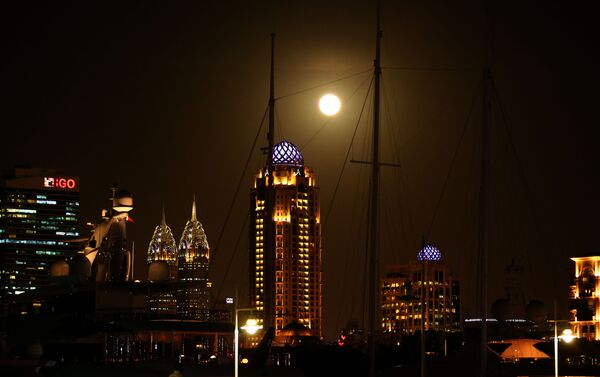
The phenomenon happens when the moon is full at the same time as, or very near, perigee -- its closest point to Earth on an elliptical, monthly orbit.
It was the closest to Earth since 1948 at a distance of 356,509 kilometres (221,524 miles), creating what NASA described as "an extra-supermoon".
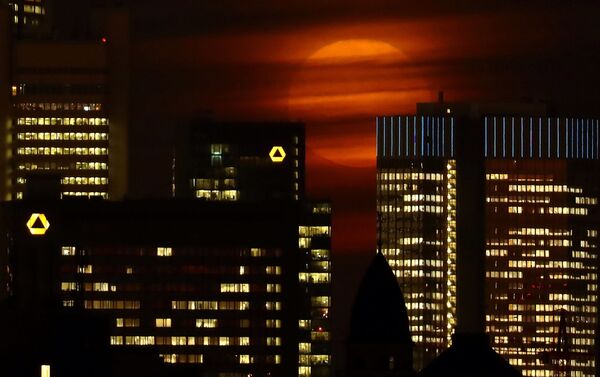
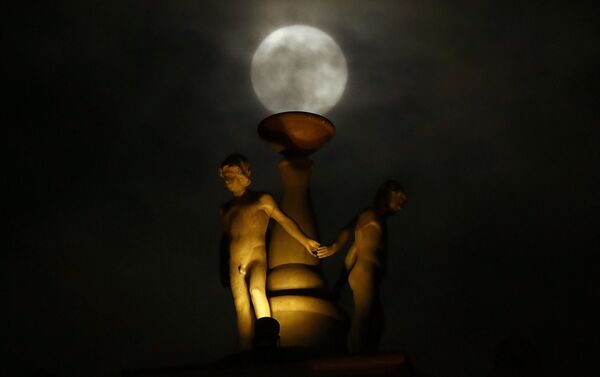

The phenomenon happens when the moon is full at the same time as, or very near, perigee -- its closest point to Earth on an elliptical, monthly orbit.
It was the closest to Earth since 1948 at a distance of 356,509 kilometres (221,524 miles), creating what NASA described as "an extra-supermoon".
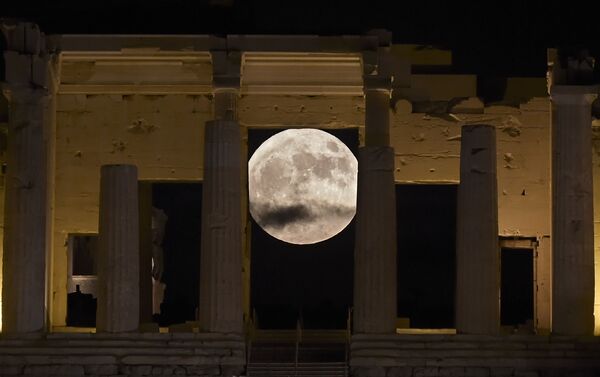
The moon will be the closest to Earth since 1948 at a distance of 356,509 kilometres (221,524 miles), creating what NASA described as "an extra-supermoon".
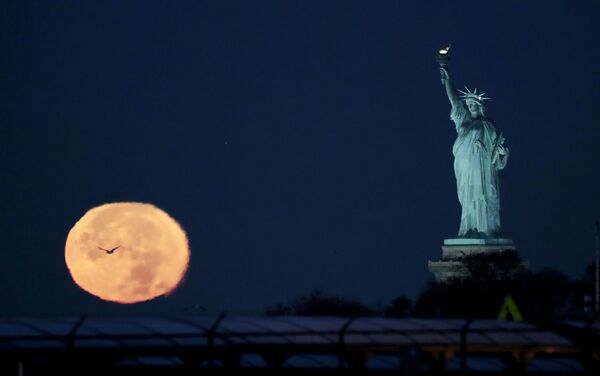
The moon will be the closest to Earth since 1948 at a distance of 356,509 kilometres (221,524 miles), creating what NASA described as "an extra-supermoon".
The moon will be the closest to Earth since 1948 at a distance of 356,509 kilometres (221,524 miles), creating what NASA described as "an extra-supermoon".
Skygazers headed to high-rise buildings, ancient forts and beaches on November 14 to witness the closest "supermoon" to Earth in almost seven decades, hoping for dramatic photos and spectacular surf. The moon will be the closest to Earth since 1948 at a distance of 356,509 kilometres (221,524 miles), creating what NASA described as "an extra-supermoon".
The phenomenon happens when the moon is full at the same time as, or very near, perigee -- its closest point to Earth on an elliptical, monthly orbit.
It was the closest to Earth since 1948 at a distance of 356,509 kilometres (221,524 miles), creating what NASA described as "an extra-supermoon".
The phenomenon happens when the moon is full at the same time as, or very near, perigee -- its closest point to Earth on an elliptical, monthly orbit.
It was the closest to Earth since 1948 at a distance of 356,509 kilometres (221,524 miles), creating what NASA described as "an extra-supermoon".
The moon will be the closest to Earth since 1948 at a distance of 356,509 kilometres (221,524 miles), creating what NASA described as "an extra-supermoon".
Скачать приложение для iPhone >>
Скачать приложение для Android >>
